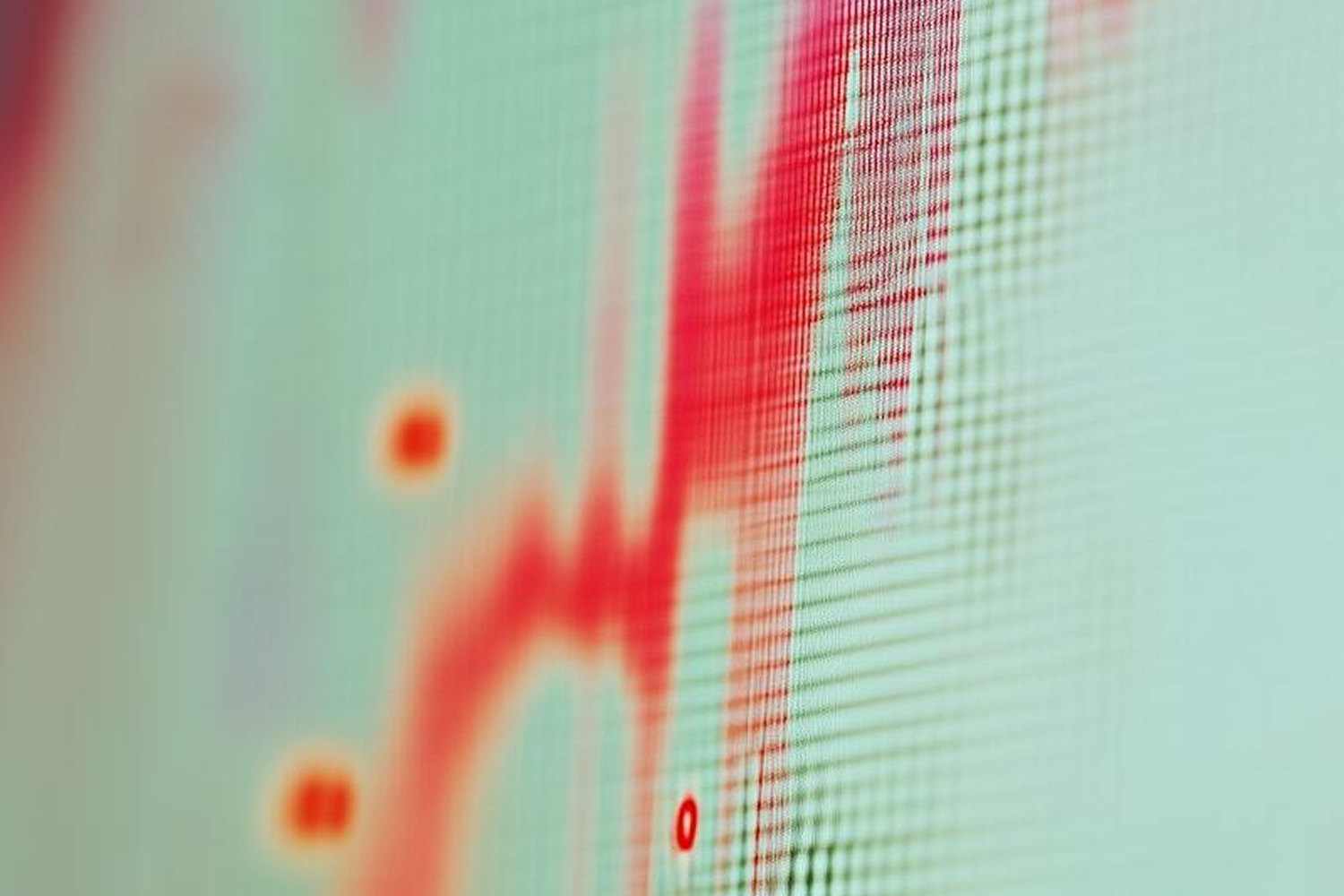10/14/2025 • by Jonas Kellermeyer
A Brief Outline of the History of Trend Research

Since the dawn of humankind, there has been a longing to reduce the uncertainty of the future. From cultic rituals to postmodern superstition, various strategies have emerged through which individuals seek to anchor themselves in an ever-changing world and to reduce complexity. Most people are well aware that practices such as reading tarot cards or interpreting coffee grounds are merely makeshift solutions. But how can we approach future developments in a data-driven way? Trend research offers one possible answer.
What is Trend Research?
Trend research is the systematic observation, analysis, and interpretation of social, economic, and technological developments. Its goal is to identify patterns based on historical data and derive forecasts that serve as the foundation for fundamental strategic decisions. Today, it is considered an indispensable tool for business, politics, and research to remain future-ready in dynamic markets.
The Beginnings of Trend Research
The history of trend research began in the 1960s and 1970s. The first systematic approaches emerged in the United States, where companies such as General Electric started analyzing social tendencies and the behavior of potential customers in order to better steer product strategies and stay ahead in marketing. At that time, this work was still largely qualitative — trend research was primarily based on expert opinions, isolated market observations, and occasional sociological studies. With the rise and eventual dominance of big data, the past two decades have seen a clear quantitative shift in trend research.
Professionalization in the 1980s and 1990s
In the 1980s and 1990s, trend research underwent a remarkable phase of professionalization. What had previously been seen as a rather quirky pursuit of a few enthusiasts slowly but surely entered the mainstream. Specialized institutes such as the Zukunftsinstitut in Germany or the Institute for the Future in California developed structured methods to systematically capture social, economic, and technological change. Today, many companies routinely use these insights to optimize their innovation strategies, product development, and marketing campaigns.
The Digital Revolution and Data-Driven Trend Research
With the rise of the internet and increasing digitalization in the 2000s, a new era began. Suddenly, vast amounts of data became publicly available — from search queries, the use of social networks, online shopping, and sensors. Trend research became more data-driven: artificial intelligence, machine learning, and big data analytics now make it possible to identify trends in real time and create precise forecasts. This development continues to evolve and is significantly accelerating the pace of change to this very day and beyond.
Modern Trend Research: From Insights to Innovation
Today, trend research combines qualitative methods, such as expert interviews or ethnographic observations, with data-driven analyses. It provides not only forecasts but also concrete recommendations for action. Companies use these insights to:
- develop products more effectively for specific target groups,
- shape innovation strategies,
- identify market opportunities at an early stage,
- establish sustainable business models.
Conclusion: Trend Research as a Strategic Basis
This brief history of trend research already suggests how an originally intuitive approach has evolved into a highly professional, data-driven tool. Today, trend research serves as a strategic foundation for anyone who wants not only to react but to actively shape the future in a complex, dynamic world. As a strategic instrument, trend research has become indispensable across virtually every industry.
